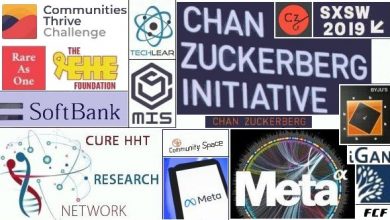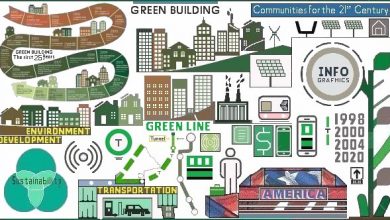
Networking remotely using LinkedIn
COVID-19 has transformed how we live, work, and play, with most of us spending more time in our home office than ever before. And when it comes to professional networking, online is the new face-to-face. LinkedIn is leading the way, with over 675 million users and growing.
Connecting with like-minded professionals online requires a whole set of specialised skills. Here’s how you can optimise your LinkedIn profile to attract the right kind of attention amid COVID-19 restrictions.
Headline
Aside from your name and photo, your Professional Headline is the only part of your profile that is immediately visible in LinkedIn search results. It also follows you everywhere: when people find you in searches, when you comment, in companies, and on the top of your posts. It’s critical to use these 120 characters to grab people’s interest.
Your headline should describe who you are and the problems you solve. Think about keywords, too. Like Google, LinkedIn uses keywords to determine how highly your profile will rank in search results.
Once you’ve decided on the most relevant keywords, start thinking of more creative ways to put them together. Think of yourself as a brand. How can you sell yourself? You can also use icons to separate keywords to make your profile more graphically appealing and memorable.
Background banner
Your background banner takes up a significant portion of your profile. Avoid keeping LinkedIn’s default blue background, as this won’t get you noticed. You also don’t want an image that infers you’d rather be on holiday, like a beach scene.
The image you choose should reflect what you want your LinkedIn profile to achieve. If, for example, you want to increase brand awareness across your company, supply all employees with a background banner that contains the company logo.
About section
When crafting your About section, keep in mind that only the first 330 characters are visible on a desktop above the fold. Users will need to click ‘See More’ to read the rest. For this reason, the most effective About sections begin with a question or an intriguing statement, something that captures the reader’s imagination and ignites their curiosity.
The goal of your LinkedIn profile will inform what you include in your About. Employers are looking to recruit employees whose values align with their business. Clients are looking to hire experts that are genuinely committed to solving their problem.
Your About section should be in first-person and provide value, be authentic, and reflect who you are. Don’t write only what you think your target audience wants to hear, as this could come across as salesy. Instead, be genuine and use a conversational tone to be relatable.
Skills endorsements and recommendations
Your Skills section proves that you have the know-how to deliver on your promises. It also influences your ranking in search results, which means the more skills you have listed, the better.
A word of warning: If possible, avoid diluting your endorsements by including two similar skills, such as management and leadership.
Finally, keep in mind that only three of your skills are instantly visible on your profile. Make sure those skills are the ones that best reflect your goals and showcase your strengths that align to the job or client you are targeting.
Experience section
How you frame your Experience will again depend on your LinkedIn objective. Do not simply copy and paste your resume, as it won’t likely resonate with your ideal client. If your goal is to attract new clients, focus on how you solve their problems. If you’re looking for a new position, keep your statements short, action-orientated, and focused on the difference you deliver. Give hiring managers and recruiters a reason to contact you.
Adding media
Your LinkedIn profile is more sophisticated than an online resume – it’s your digital reputation that validates who you are, what you do, and your expertise. You can build up this reputation using the Media and Featured sections, which are often underutilised.
Media sits in your Experience section and can be relevant to each job. The idea is to provide evidence of your successes, such as awards, presentations, videos, and web links. To ensure this proof isn’t lost to those skimming your profile, you can use the Featured tool to highlight key messages and achievements.
Connecting, communicating, and collaborating on LinkedIn
LinkedIn is a personal branding tool that fosters connection and collaboration online, which is critical in a world where we cannot always meet face-to-face. With the right profile in place, you can use LinkedIn to generate job and business leads, represent your company, and find and reach out to old contacts to explore new opportunities.
When you build your LinkedIn profile, it is vital to consider who you are, how you want to be perceived, and by whom. At its core, LinkedIn is a social selling and recruitment tool based on relationships, so be authentic and let your character show through.
Karen Tisdell is a LinkedIn Profile Writer and highly ranked as one of the top independent LinkedIn trainers across Asia Pacific (SMMI 2019 & 2018). Lives in Sydney, Australia.












